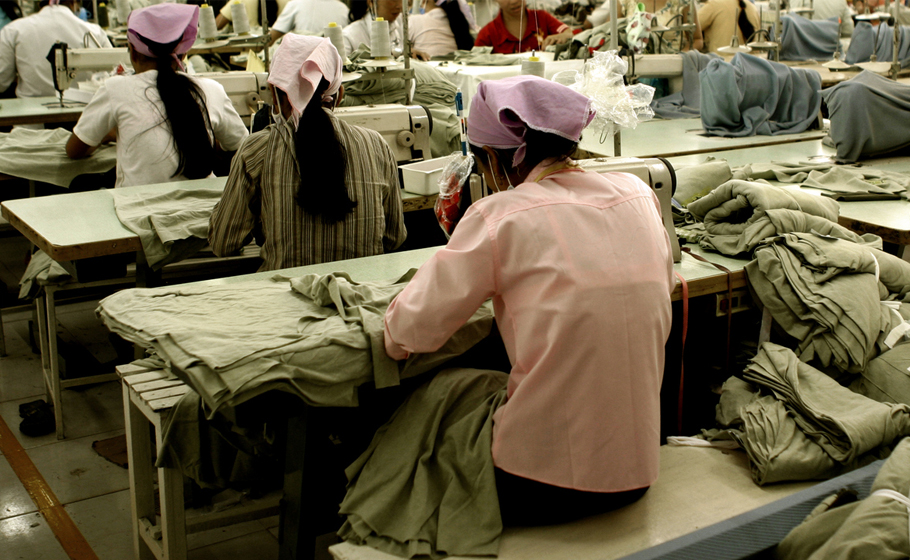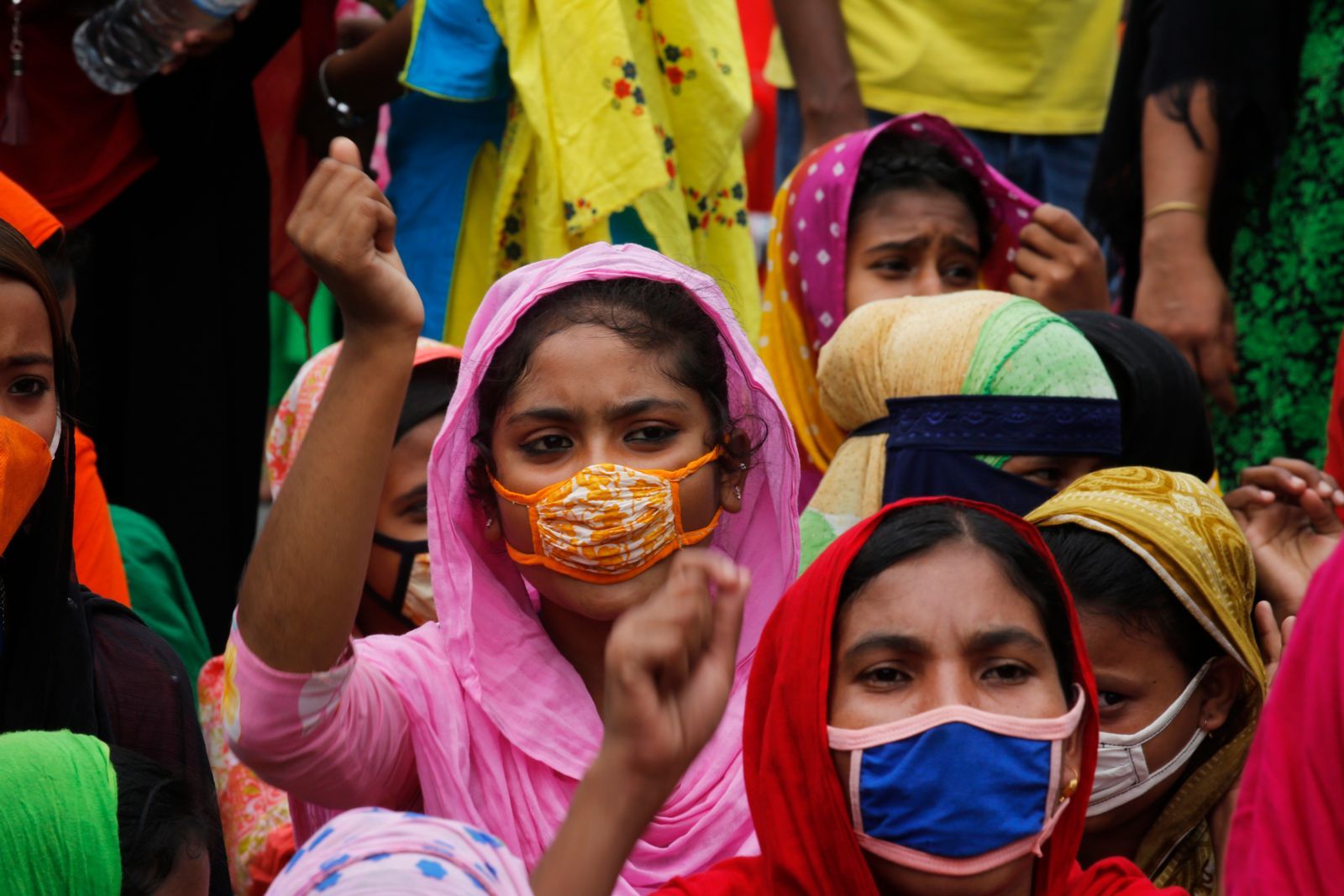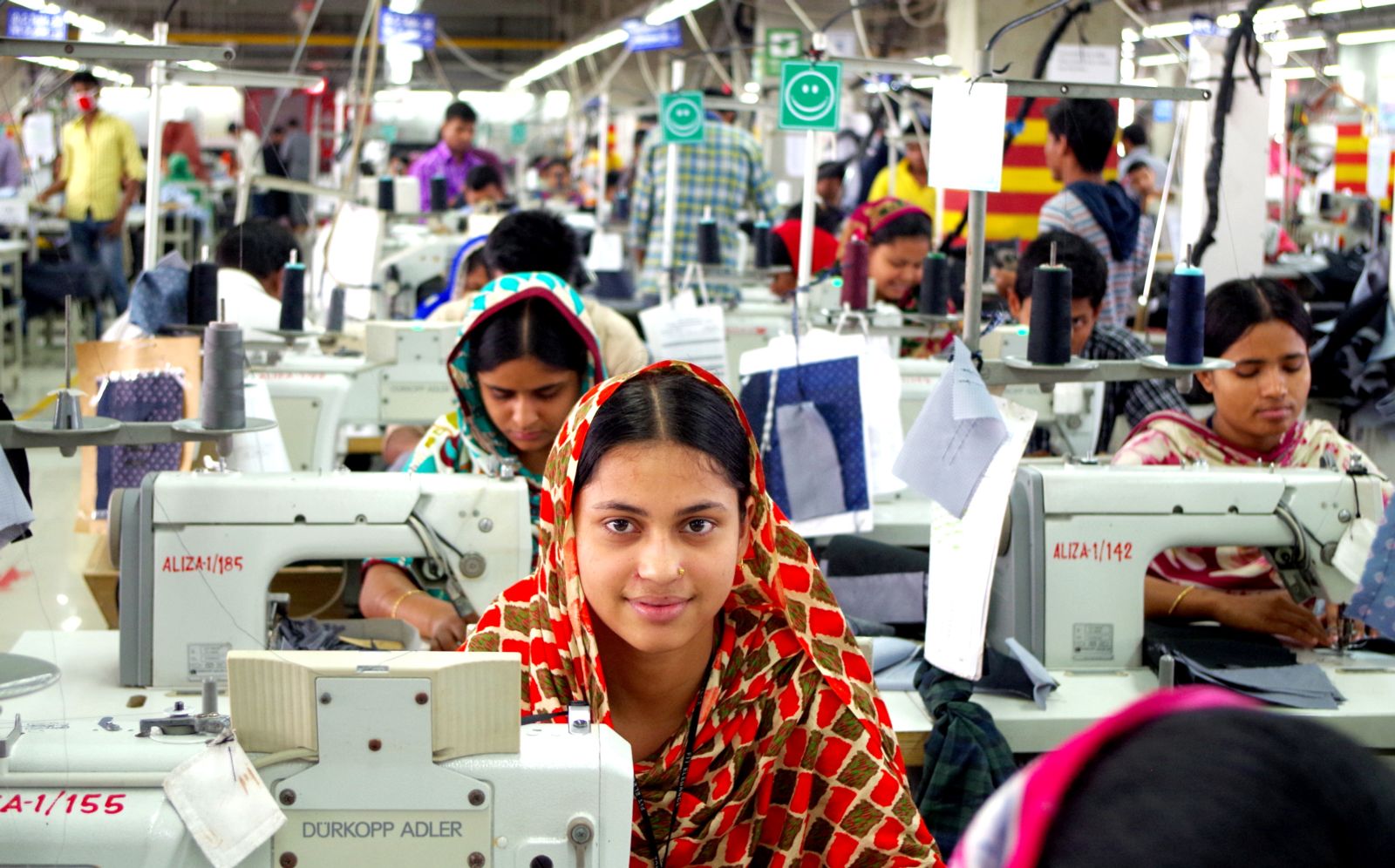
- Home
- News
- Analysis
- States
- Perspective
- Videos
- Education
- Entertainment
- Elections
- World Cup 2023
- Features
- Health
- Business
- Series
- Economy Series
- Earth Day
- Kashmir’s Frozen Turbulence
- India@75
- The legend of Ramjanmabhoomi
- Liberalisation@30
- How to tame a dragon
- Celebrating biodiversity
- Farm Matters
- 50 days of solitude
- Bringing Migrants Home
- Budget 2020
- Jharkhand Votes
- The Federal Investigates
- The Federal Impact
- Vanishing Sand
- Gandhi @ 150
- Andhra Today
- Field report
- Operation Gulmarg
- Pandemic @1 Mn in India
- The Federal Year-End
- The Zero Year
- Premium
- Science
- Brand studio
- Home
- NewsNews
- Analysis
- StatesStates
- PerspectivePerspective
- VideosVideos
- Entertainment
- ElectionsElections
- Sports
- Loading...
Sports - Features
- BusinessBusiness
- Premium
- Loading...
Premium

Post lockdown, women in low-paying jobs take the heaviest hit
While ILO estimates India to have more than 4 million domestic workers, trade unions and NGOs put the figure at 10 million and 80% of them are women.

Life as a domestic help in Bangalore always had its own perks and perils for Renuka. But now with the coronavirus cutting down her income, Renuka knows she’s in for more bad times. Months after the government relaxed the COVID-19 lockdown in phases, Renuka hasn’t been able to find enough work to get back on her feet. Some of her employers are concerned that she might be a...
Life as a domestic help in Bangalore always had its own perks and perils for Renuka. But now with the coronavirus cutting down her income, Renuka knows she’s in for more bad times. Months after the government relaxed the COVID-19 lockdown in phases, Renuka hasn’t been able to find enough work to get back on her feet.
Some of her employers are concerned that she might be a potential carrier of the coronavirus. She and others like her are still restricted from entering the housing societies of their employers.
All this has caused a 70% drop in her income. Besides the financial burden, increased incidents of requests for sexual favours from male employers in return for money have left Renuka absolutely horrified.
However, until nine months back, her situation was quite different. In her mid-30s now, Renuka had come to Bangalore 15 years ago from Hubbali in north Karnataka to earn a living. Married at the age of 11 and tortured by her husband and family, she was forced to leave home and her three kids behind to come to Bangalore for work.
She used to earn about ₹20,000 a month by working in 6-7 houses, most of which she used to send home. After paying rent in Bangalore and managing her household expenses, she was barely able to save anything and mostly depended on the food she got from the houses where she worked.
The burgeoning IT city’s growth kept her engaged and offered her a life. “This city gave me a life. I overcame suicidal thoughts twice in the past and could sustain living independently in Bangalore and yet support the family back home,” Renuka says.
But the pandemic just pushed her back into extreme conditions, especially after she took a loan to survive the lockdown. “Every night when I go to sleep, I only think of how to repay the loan of ₹50,000 that I took to survive the lockdown. It has only further weakened my health,” she adds.
Millions rendered jobless
While ILO estimates India to have more than 4 million domestic workers, trade unions and NGOs put the figure at 10 million. Women constitute more than 80% of this number. Most of them suffered loss of income during the lockdown and face a bleak future. While they work without thinking about their health or weekends or job security or better pay, some even face abuse at the hands of their employers.
Sharadamma, 50, another domestic help who supports her three children after her husband died 17 years ago, also faces a similar situation due to the lockdown which has halved her income potential, reducing her income to barely ₹6,000 a month now.

She became part of the workers’ union hoping to get some aid. Though she’s got a smart card from the labour department, it comes with no benefits attached.
Domestic workers across the country allege that the governments have largely been indifferent to their sufferings. With lack of education and knowledge of government schemes, they are mostly out of the social security safety net, which further aggravates their problem.
In a survey, the National Domestic Workers’ Welfare Trust and Maharashtra Gharelu Kamgar Sanghatan, domestic workers’ unions in the state, found that 24% of the workforce lost their jobs completely and 62% of them partially. A third of them were senior citizens and were completely dependent on domestic work to earn a living.
Confined within homes all the time, some even reported higher incidents of domestic abuse.
In Tamil Nadu, Pengal Thozhilalar Sangam (women workers’ association) in Chennai took to streets in September to urge the state government to provide them with financial aid to compensate for the losses incurred during lockdown. The association estimated that each person lost at least ₹7,000 a month from their regular earnings.
Garment workers’ plight
Another sector that employs poor women in a significant proportion and has been badly hit is the garment industry.
Until a few months ago, several women used to make a living by working in small factories or garment units on the outskirts of cities.
Radha R, 47, an intra-state migrant working in Sonal Apparel Private Limited (India) in Bangalore, says she was rendered jobless as the COVID-19 lockdown impacted the textile consumption and business.
Therefore, the company hired limited staff. Radha used to stand at the gate and wait for work every day in May.
“They kept saying they would call us, but we did not have regular jobs. After prolonged fighting, the company offered us three days of work in June, and then again said there were no orders and took limited staff which did not include half the people,” she says.

Radha earned ₹7,000-8,000 a month from the little work she got and supported her daughter’s education and helped her family wade through the crisis. With her husband, a construction labourer, not being able to find a job, they had to depend on Radha’s earnings.
With no regular work, hoping to get the provident fund money at least, she quit the company in September and is jobless now. She hopes to find another job by January at least.
Around Peenya Industrial area in Bangalore, while some of the textile units got orders for manufacturing masks and PPE kits, some others survived on domestic orders for festival sale. But industry experts believe 40% of the workforce are still unemployed as the business hasn’t picked up pace.
The government indifference continued here too. Union Textiles Minister Smriti Irani in May asked the industry to reorient itself and not depend on financial packages from the government saying the finances were already under strain due to the pandemic.
“It is time for the industry to introspect. The textile industry had been looking for packages or supports. Now, it is time for a new direction and new thinking,” she had said.
The Indian garment industry is the second largest (manufacturing and exports) in the world after China. The sector directly employs 12.9 million individuals in formal factory settings, and indirectly employs millions more individuals in informal, home-based settings, according to Blum Center for Developing Economies University of California, Berkeley, which reported on the exploitation of women and girls in the garment sector in India.
McKinsey, a global consulting firm opines that once the dust settles on the immediate crisis, the fashion industry will face a recessionary market and the industrial landscape will undergo rapid structural transformation. It notes that the apparel industry will see a recovery phase characterised by a lull in spending and slack in demand across channels.
With malls shut and people spending less on non-essential items, it is unlikely that people will spend on buying clothes unnecessarily.
Even if the banks are giving credits, with lack of orders, the garment industry is unable to generate business with a full workforce, whether domestically or internationally.
“We barely had 60% of regular orders even in the past two months. With malls shut, big brands are affected and walk-in retail stores are less,” TR Vijaya Kumar, general secretary of Tiruppur Exporters’ Association said.
He expects a further weakening in demand with several European countries going for a second lockdown. In the domestic market, nearly 40% of the workforce are affected with barely 50-60% of the regular work orders, he says.
“With no work, there’s no income and that leads to minimal spending. Across sectors, spending has reduced to only essentials. So we are waiting to tide over the crisis,” Kumar says.
With little hope for things to change in the next few months, women like Renuka and Radha can only wait and watch.

